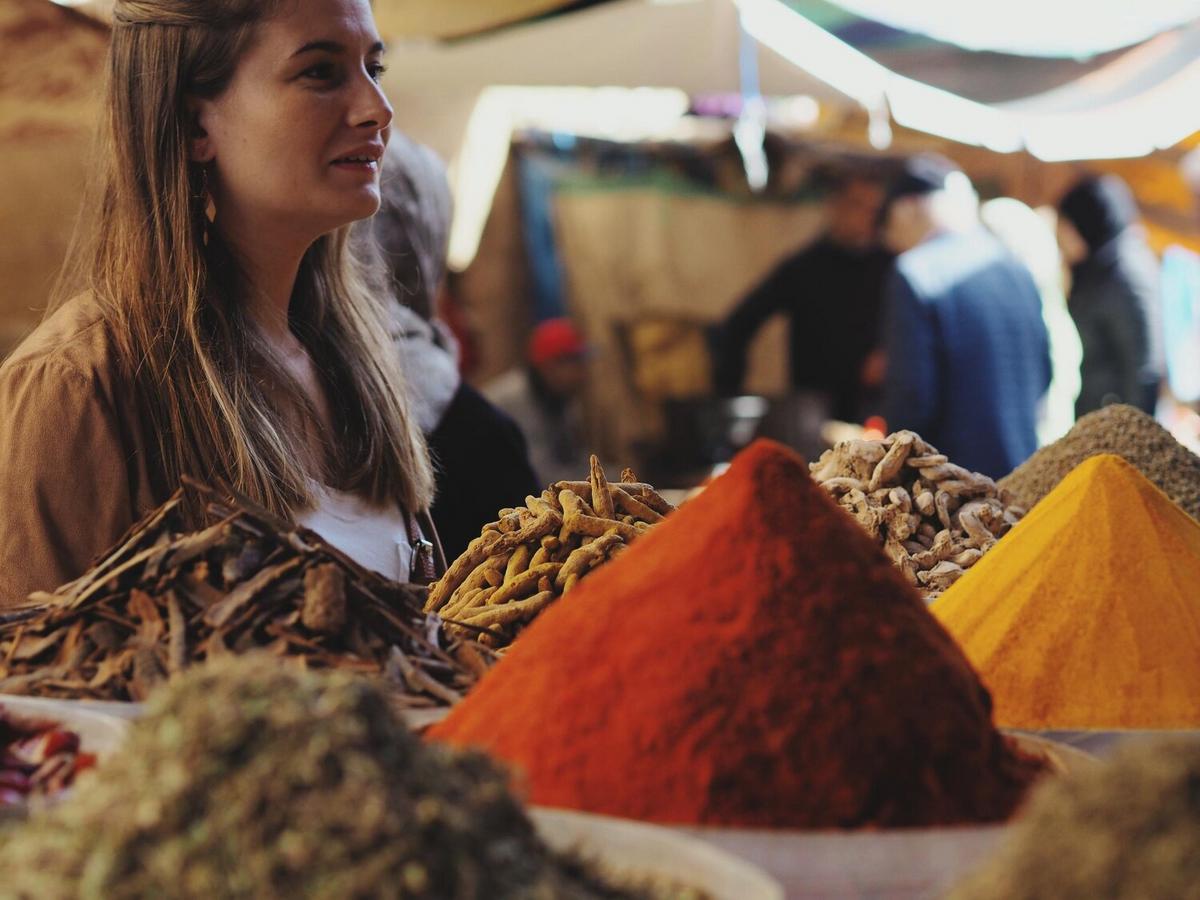
Exploring the Rich Tapestry of Global Spices
The world of spices is a vibrant tapestry woven with history, culture, and culinary delight. From the fiery heat of chili peppers to the aromatic warmth of cinnamon, spices have been used for centuries to enhance flavors, preserve food, and even as currency.
Unveiling the World of Spices
Spices are much more than just ingredients; they are the essence of global cuisines. Each spice carries a unique story and a rich history that transcends borders and cultures. Let’s delve into the fascinating world of spices and discover their secrets.
The Historical Journey of Spices
Spices have been a part of human history for over 4,000 years. Ancient civilizations like the Egyptians and the Chinese used spices for medicinal purposes and religious rituals. The spice trade routes, such as the Silk Road, played a significant role in cultural exchanges between the East and the West. According to a study by the Food and Agriculture Organization, the global spice market continues to grow, reflecting a renewed interest in diverse flavors and health benefits.
“Spices are the heart of world cuisine,” says Dr. Maya Patel, a culinary historian. “They tell stories of exploration, trade, and cultural fusion.”
Exploring Popular Global Spices
Let’s take a look at some renowned spices from different parts of the world:
| Spice | Origin | Culinary Use |
|---|---|---|
| Cinnamon | Sri Lanka | Used in both sweet and savory dishes |
| Cumin | Middle East | Essential in curries and stews |
| Saffron | Iran | Valued for its color and aroma in rice dishes |
| Vanilla | Mexico | A key ingredient in desserts |
| Turmeric | India | Gives curries their vibrant color |
| Cardamom | India | Used in chai and aromatic dishes |
| Paprika | Hungary | Adds color and sweetness to dishes |
| Nutmeg | Indonesia | Used in baking and beverages |
Personal Spice Adventures
During my travels to Morocco, I was captivated by the bustling spice markets. The rich scent of saffron and the vibrant colors of turmeric left a lasting impression. These markets are a sensory feast, offering a glimpse into the country’s culinary soul.
Actionable Tips for Using Spices
- Start Small: Introduce one new spice to your dishes each week.
- Mix and Match: Experiment with spice blends to create unique flavors.
- Store Properly: Keep spices in airtight containers away from direct sunlight.
To unlock the full flavor of spices, toast them lightly in a dry pan before grinding.
Conclusion: Embrace the Spice Journey
Spices are an integral part of our culinary heritage, enhancing the flavors and stories of our meals. By exploring the vast array of global spices, you not only enrich your palate but also connect with cultures around the world. Whether you’re a seasoned cook or a curious beginner, the world of spices is waiting for you to explore.
Frequently Asked Questions
What is the most expensive spice in the world?
Saffron is considered the most expensive spice due to its labor-intensive harvesting process.
How should I store spices to maintain their freshness?
Store spices in airtight containers in a cool, dark place to preserve their flavor and potency.
Can spices have health benefits?
Yes, many spices such as turmeric and ginger have anti-inflammatory properties and other health benefits.
Is it better to use whole or ground spices?
Whole spices are often more potent and last longer, but ground spices are convenient for quick use.


